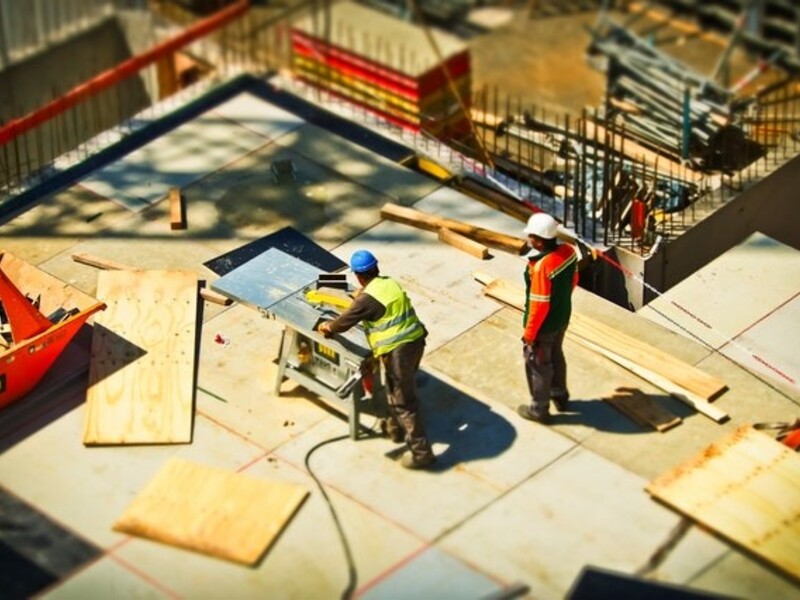
Article posted by
Sustainability is a key concept in today’s construction industry, it’s perhaps best understood as a goal – something to reach. Through greater consideration of time, cost, durability and function, cheaper and more environmentally-friendly buildings can be realised on a consistent basis. While sustainability has begun to be viewed as standard practice in the construction industry, we still need to find innovative ways to make construction more cost effective, quicker and less wasteful. Our greenhouse gas emissions are small compared to other developed countries, but emissions have increased since 1990 (however, lower than their peak in 2006). Still, plenty of room for improvement.
A truly green building has five key aspects at its centre: resource efficiency, high air quality levels, affordability, energy efficiency and water conservation. Cutting back on emissions starts through an investigation into these five basic functionalities. There are many actions the construction industry can take that will minimise the consumption of energy, material use and water. By doing this, we will create sustainable buildings that can be preserved for future generations.
There’s no doubt that New Zealand is making efforts to commit to sustainable construction. Earlier this year, a construction conference called “Constructing our World” was held and attended by hundreds in Auckland. The conference was hosted by NZIOB in collaboration with the Australian Institute of Building (AIB) and Singapore Institute of Building. The event featured industry professionals speaking about different topics related to construction, with the aim of finding solutions to the problems in the industry.
As the national value of all building and construction continues to grow at a sustained rate in our country, we need to think about how we can cut the costs. It was predicted that this year the growth would peak at $6.2 billion, 20 per cent more than the end of 2015. Whether it’s a design for a residential home or a skyscraper, cheaper and more sustainable construction starts with purchasing sustainable building materials. Concrete is still the most widely used material in the world and to say it’s bad for the environment would be more than an understatement. It accounts for approximately 5% of all annual anthropogenic global CO2 production. It’s important to know that there are many non-toxic, harmless, sustainable building materials that are just as durable as concrete and steel, which are much quicker to assemble. More construction companies need to look to purchasing local resources like Pine lumber, Eucalyptus or Macrocarpa. These timber and wood-based materials can be used for walls, windows frames, flooring, structural support and various other applications. Timber helps to minimise energy consumption and it’s very versatile. That’s why it’s much more energy efficient and easier to work than traditional building methods.
While we have made progress towards sustainability, shockingly only 20 homes in Auckland meet the minimum threshold to be considered sustainable. Considering the city aims to have 30% of its homes sustainable by 2020, there’s still clearly a long way to go. The minimum standard for a sustainable home is six out of ten Homestar rating. To combat increased energy, Rochelle and John Payne, advocates of sustainable buildings are attempting to construct a 10-homestar house, that’s completely self-sufficient. The walls will be made from rammed earth, a technique where sand, gravel and clay is compressed into place using pneumatic rammers. Solar panels will generate the electricity and water will be recycled. If these methods were used more prominently in the sector, significant costs would be saved and buildings would waste less resources.
Constructing sustainable buildings is paramount for today and for the future. It’s clear that conventional buildings have a significant impact on our quality of life. By adopting green practices, we can minimise the effects of climate change. With new technologies being developed to make building faster and more cost-effective, the benefits of sustainable construction can range from environmental, to economical and social.
We’re here if you need help defining a role or brief, specialist insight to help shape your ideas or expert help with your recruitment process. Just get in touch to arrange a conversation with one of the team or if you’re ready for us to find the perfect person for you, send us your brief.
If you’re looking for your ideal job send your CV to us to get started or search for the latest job vacancies and we’ll get the ball rolling.